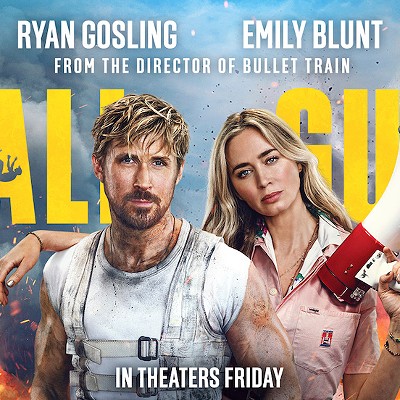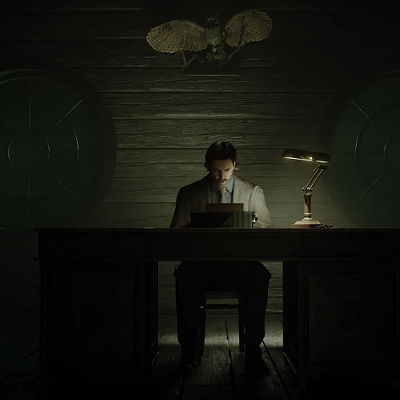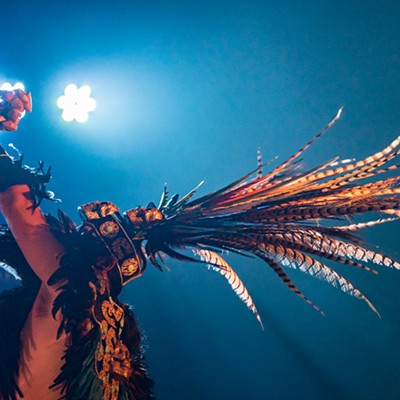Last week, the Logo network, which was the only gay-focused channel on the block, announced that it is officially dumping its LGBT programming for more mainstream fare. Sadly, the network only lasted briefly and never seemed to get its foothold in the community it tried to cater to. Its biggest show to date is RuPaul's Drag U, a drag reality show, which the network remains committed to keeping on the air. Other than this one anomaly, Logo will go the way of most of all cable's once interesting networks and air programming like Storage Hunters and America's Next Top Model.According to Lisa Sherman, Executive Vice President of Logo:
Logo says the shift in programming - which will abandon most of its gay-only TV lineup - follows a study that more closely identifies the way the LGBT community lives today. Findings suggest that 53 percent of gay people live openly but without a priority to showcase their sexual orientation. Only 30 percent of those surveyed say they preferred living and socializing in an exclusively LGBT community.
While this is sad news to read, the network never broke much ground in integrating the LGBT community into American culture, as it should have. Rather, much of the network played into stereotypes, which may be the cause of its demise. Television has helped push the envelope where gays are concerned, many times in fact. Here is our top 8.
8. Thirtysomething In a 1989 episode that broke homosexual barriers, Thirtysomething was the first prime-time drama to show two men sleeping in bed together. The aftermath was not fun. Several of the program's advertisers dropped the show and ABC lost a pretty-penny. What it gained, though, was the respect of an underserved community.
7. Tales of the City In 1994 PBS made serious waves by airing a television adaptation of the Armistead Maupin novel, Tales of the City. The book and subsequent televised miniseries focused on the colorful and sexual lives of a group of neighbors residing in San Francisco in the late 1970s. When PBS aired the show, many of the affiliated networks opted for a blurred version of some of the more explicit nudity. Never the less, public television broke ground and ruffled feathers. In fact, feathers were ruffled all the way up to Congress, who threatened the network's federal funding.
6. The Real World San Francisco MTV's sophomore season of the show about "getting real" featured real-life AIDS activist Pedro Zamora. Not only was Zamora openly homosexual, but he was living with AIDS himself. While the topic of HIV and AIDS had been prevalent in the news, having a living, non-fictional, person speak so openly about his sexuality and his illness was nothing that had been seen on television before. To the heartbreak of the show's fans, the disease he fought so hard to educate the world about took Zamora's life.
5. My So-Called Life The mid-90s, the high school drama My So-Called Life touched on many of the horrors teens go through. For the character of Rickie Vasquez, he not only had to deal with hormones and drinking, but also being a gay male. Rickie was made fun of by his classmates and abused a home, but he never lost hope, and he made you wish he was your best friend.





